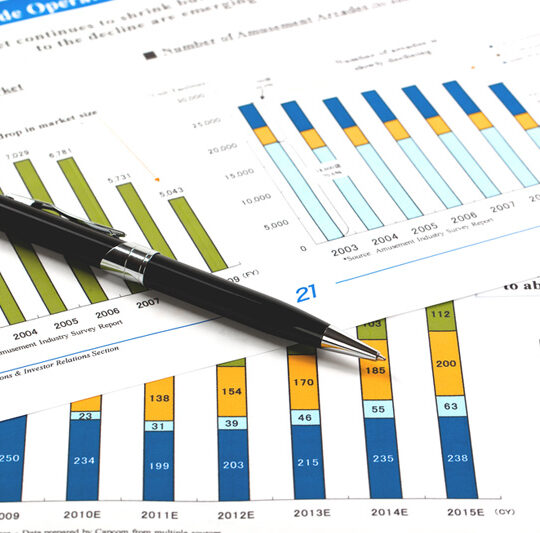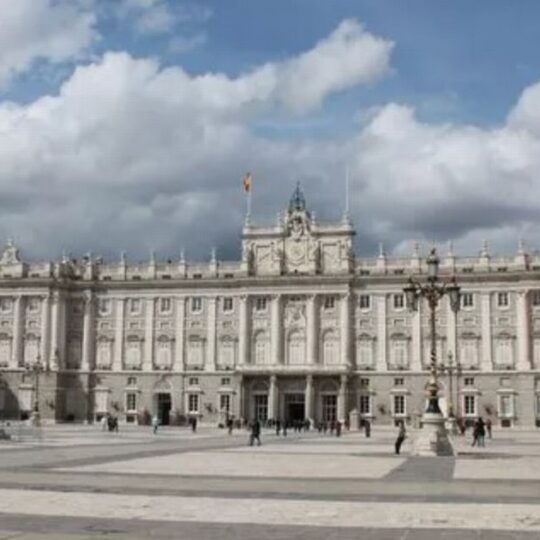If financial systems were to fail and bailouts were required once again, could the local economy and households be shored up by alternative currencies, and how would these work?
This was the crux of a recent webinar organised by the Lord Mayor of the City of London as part of his ‘Knowledge Miles’ series of events.
The event itself – which was under Chatham House rules – featured Dr Shann Turnbull, principal of the Australia-based International Institute for Self-governance, and FT Adviser caught up with him afterwards to talk though the idea.
According to Turnbull, the idea of having a lifeboat currency outside of the purview of central banks is not new: it has been tried and tested in other countries and regions, such as in Germany and Austria in the early 1900s.
It was even touched upon in a 1999 speech by former Bank of England governor, Sir Mervyn King.
At the time, King discussed whether central banks were in themselves innovative enough to remain useful in policy making.











